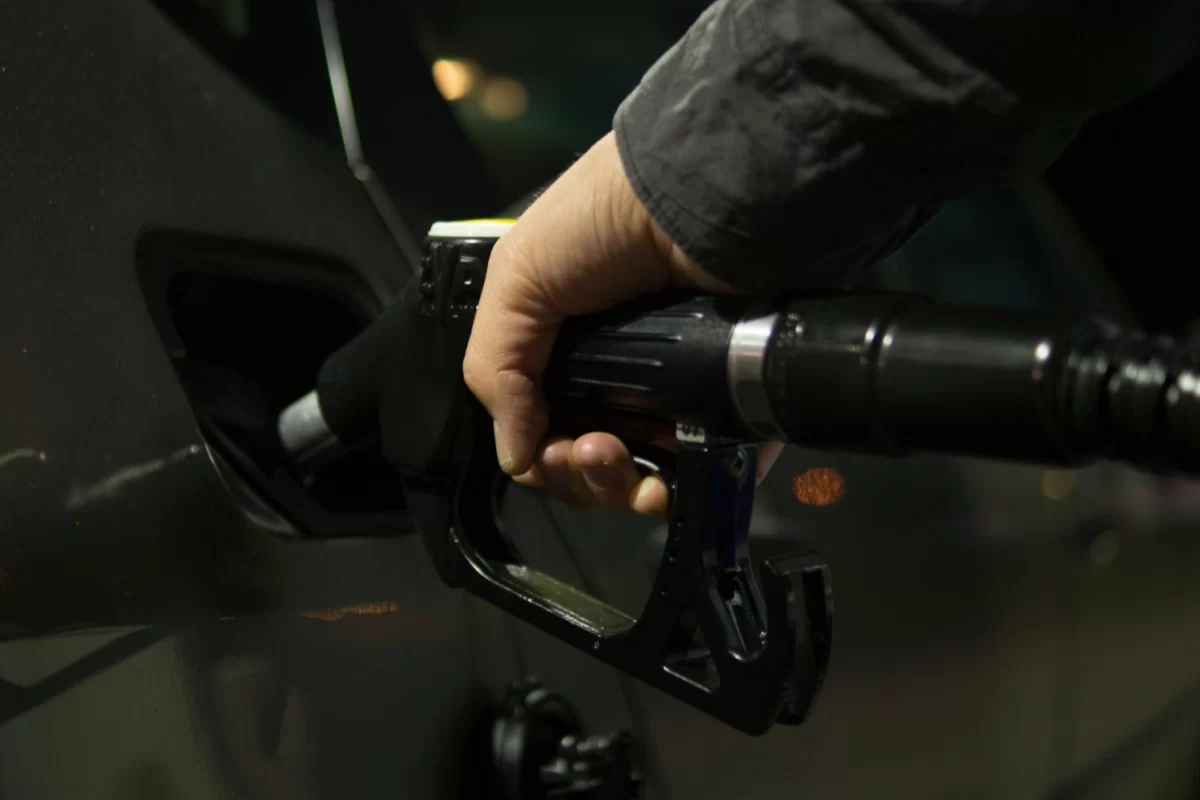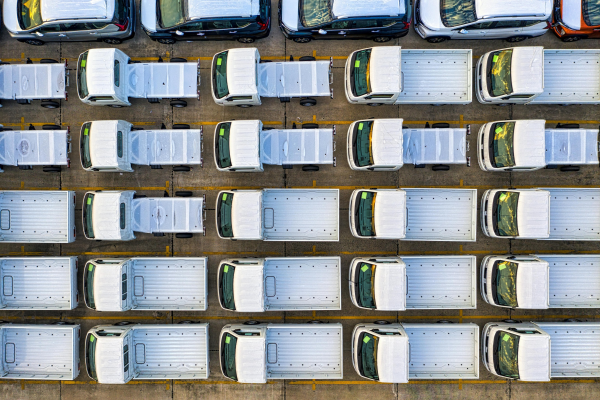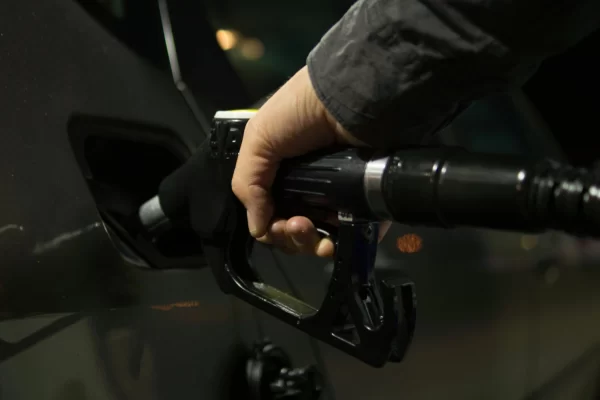Introduction
Fuel prices have become one of the most unpredictable expenses for transportation, construction, and delivery businesses. For fleet managers, even a slight jump in fuel costs can wipe out profit margins. The solution isn’t just cutting routes or limiting trips — it’s understanding exactly how much fuel your trucks are using and where it’s going.
This is where a fuel tracking device comes in. Think of it as a real-time fitness tracker for your fuel tanks, giving you constant visibility into usage, refueling patterns, and irregularities that drive up costs.
In this guide, we’ll look at how these devices work, what they offer, and how to decide if they’re the right tool for your fleet operations.
1. What is a Fuel Tracking Device?
Most fleet managers know the pain of trying to reconcile fuel receipts with mileage logs at the end of the month. A fuel tracking device eliminates that guesswork. It’s a compact, intelligent device that connects directly to the fuel tank, engine, or OBD II port and captures exactly how much fuel your vehicles are using — in real time.
Instead of waiting for drivers to hand in paperwork or relying on partial fuel card data, you get a live, uninterrupted stream of fuel data. It’s like replacing an old manual ledger with a live dashboard that updates by the second. You see the truth about your fleet’s fuel efficiency — not just estimates.
2. How Do Fuel Tracking Devices Work? (From Monitoring Fuel Consumption to Managing Fleet Operations)
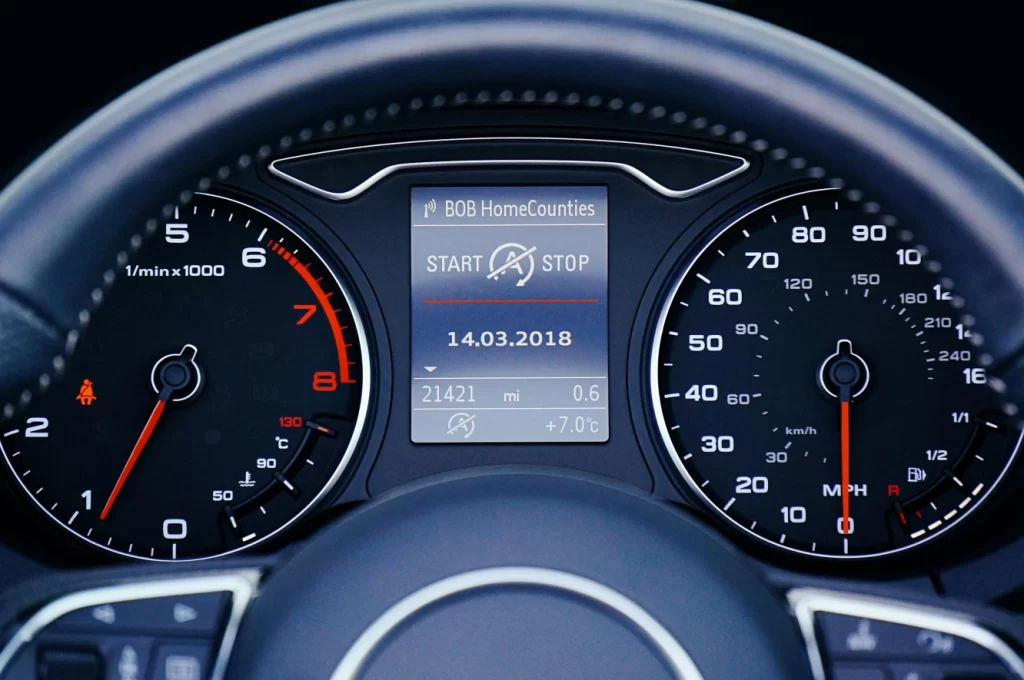
Behind the scenes, a fuel monitoring system is a blend of sensors, telematics devices, and a GPS tracker. The sensors measure fuel level and fuel consumption, then transmit that information to a cloud-based platform for easy access from anywhere.
This is where things get powerful: you’re not just seeing vehicle location, you’re seeing fuel usage alongside it. Imagine spotting a drop in the tank at 2:00 a.m. when that truck was parked at a remote yard — instant clue that something’s wrong. That insight allows you to step in before you lose more fuel, time, and money.
When integrated with fleet tracking systems, these devices reveal a bigger picture: fuel consumption linked directly to mileage, route choices, and idle time. This connection between fuel data and fleet operations is what helps managers identify trends, cut waste, and run vehicles more efficiently every day.
The result isn’t just data — it’s control over one of your biggest operating costs.
3. The Key Benefits of a Fuel Tracking Device
The primary benefit of a fuel tracking system is its capacity to convert erratic fuel expenses into quantifiable, manageable information. You can see exactly where your fuel is going, which improves fleet performance, supports fuel management plans, and fortifies driver safety procedures.
Done right, fuel tracking is more than an expense tracker. It transforms how you run your fleet operations:
- Stop Theft Before It Drains You- A sudden drop in fuel level triggers an alert, giving you the chance to respond immediately.
- Reduce Fuel Costs- You can save money on petrol without reducing travel time by using smarter routing and less idling.
- Transform Drivers Into Partners- Drivers are more likely to adopt safer, more effective behaviors when they are aware that their performance, including speeding and idle time, is being monitored. This can then have a big impact on enhanced driver safety and reduce the risks for accidents.
- Remain Audit-Ready- Automatic logging and time stamping of fuel data streamlines regulatory compliance and gets rid of disagreements.
- Early Identification of Maintenance Issues- Unusual increases in fuel usage frequently indicate engine issues. Your trucks stay on the road if you catch them early.
- Run a Leaner, Greener Fleet- Emissions are immediately decreased by improved fuel economy, which benefits both your bottom line and your sustainability goals.
- One Platform, Complete Visibility- Integrate with GPS tracking, and you have a single dashboard showing vehicle location, fuel usage, and alerts in real time.
Together, these benefits don’t just improve fuel economy — they give fleet managers the power to make decisions backed by data, ensuring that every gallon purchased has a measurable impact on operations.
With Traxxis GPS Solutions, you can get all these benefits in one scalable system, designed to fit both small business operations and enterprise-level fleets.
4. Common Use Cases Across Industries
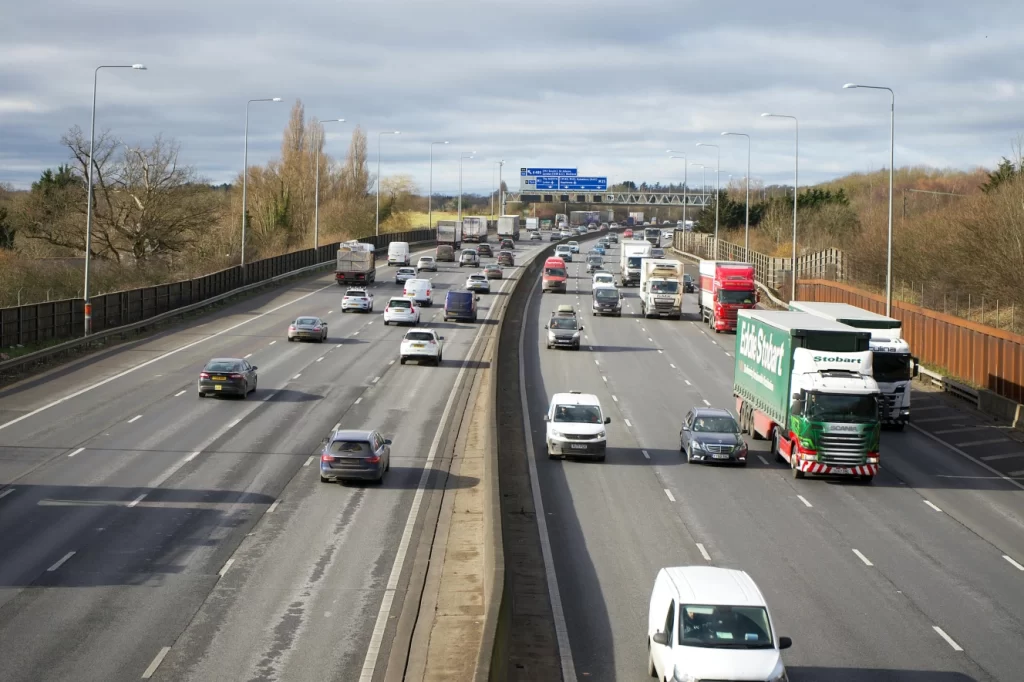
The value of a fuel monitoring system isn’t limited to highway trucks. It delivers results across sectors:
- Logistics & Trucking- Track fuel economy across dozens of routes to protect profit margins.
- Courier & Last-Mile Delivery- Reduce wasted fuel by tightening stop sequences and cutting idling.
- Construction & Mining- Get notified if fuel is siphoned from on-site equipment or vehicles after hours.
- Public Transit & Government- Keep buses and service fleets running on schedule with tighter fuel management controls.
Across industries, the link between fuel tracking and fleet management is clear: businesses that understand their real fuel consumption are able to cut costs, extend vehicle life, and improve service reliability. If it’s a long-haul fleet or a city-based delivery service, the same principle applies — control your fuel, and you control your performance.
No matter your industry, real-time fuel tracking and theft prevention can make a measurable difference.
5. Must-Have Features to Look For in a Fuel Tracking Device
Choosing the right tool can make or break your fuel management strategy. Here’s a practical buyer’s checklist:
- Real-Time Tracking- Live insight into consumption, fuel level, and vehicle location.
- Actionable Alerts- Notifications when something unusual happens — leaks, theft, or overfilling.
- Software Integration- Works seamlessly with your existing fleet management and telematics systems.
- Insightful Reports-Clear fuel data visualizations that drive smarter, data-driven decisions.
- Hardware That Works Everywhere- Reliable sensors and devices compatible with every fuel type (e.g., diesel, gas, etc.) you use.
Putting all of these functions into one fleet tracking dashboard makes them work better. By uniting fuel data with GPS tracking and fleet management tools, you gain not just accuracy, but real-time intelligence that supports better decisions, stronger compliance, and leaner operations.
6. Do You Really Need a Fuel Tracking Device for Better Fuel Economy and a Big Impact on Fleet Management?
Ask yourself this: if fuel represents more than 20% of your operating costs, can you afford not to know where it’s going?
For large fleets, the return is clear — savings on fuel expenses, improved driver and fleet safety, and streamlined reports. For small businesses, the impact is just as real: uncovering leaks, reducing waste, and finding routes that save both time and fuel.
If you want tighter control over your operations, investing in fuel monitoring is one of the smartest decisions you can make.
The big impact comes from visibility. When you know your true fuel consumption, you can benchmark fleet performance, reward efficient drivers, and identify hidden costs before they drain your budget. For businesses serious about sustainability, this also means cutting emissions while boosting fuel economy — a win for both the environment and your bottom line.
Frequently Asked Questions
What’s the difference between a fuel tracking device and fuel cards?
Fuel cards only record where and when fuel was purchased, not how much fuel is actually consumed or lost. A tracking device monitors usage directly from the tank.
Can fuel tracking devices detect theft?
Yes. With a sensor installed in the tank, you’ll get instant alerts of any unexplained drops.
Are fuel tracking devices expensive to install?
Most connect directly to the OBD II port or use wireless sensors, keeping installation fast and affordable.
Do they work with all types of vehicles?
Yes — trucks, vans, construction equipment, and buses can all be connected to the same platform.
How soon can I see savings from a fuel tracking device?
Many businesses report lower fuel costs within the first few months of using a fuel monitoring system, thanks to better driver performance and reduced losses.
Final Thoughts: Fuel Data Insights That Drive Smarter Fleet Operations
Fuel is one of the heaviest line items in any fleet budget, and it’s also one of the easiest places for money to slip away. Idling, unnoticed leaks, and theft quietly drain profits when they go untracked. A fuel tracking device changes that by showing exactly how fuel is being used in real time, turning blind spots into actionable insight.
But the value goes beyond short-term savings. Data-driven insights become the foundation for smarter fleet management — from planning routes that cut consumption, to improving driver safety, to meeting sustainability targets without guesswork. Even when fuel prices swing, managers with the right tools can keep performance steady and costs predictable.
That’s where Traxxis GPS Solutions comes in. Our platform combines fuel monitoring, fleet tracking, and performance analytics in one system built for businesses that want control, operational efficiency, and long-term results — not just quick fixes.
Ready to stop guessing how much fuel your business is losing? Book a consultation with Traxxis GPS Solutions today and get a live demo of how real-time fuel monitoring can transform your operations.

